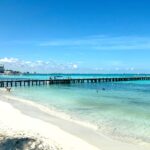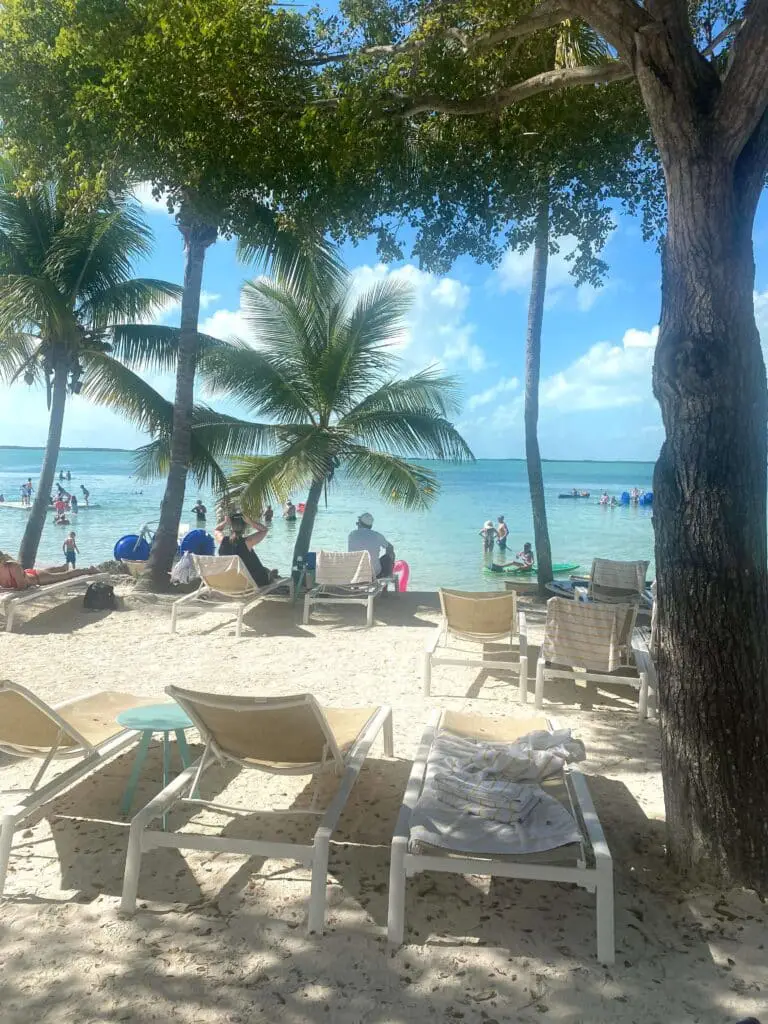
Exploring the World with Our Kids
We’re Ashley & Shandi. We love to explore new places worldwide with our kids. We’ve been traveling a few months every year since our kids were born, internationally and in the U.S.
What makes our reviews different? Our reviews aren’t sponsored (paid for) by other companies. They’re all our own opinions, and we pay for them (either cash or points).
From Budget Retreats to Luxurious Escapes
We don’t just stick to one type of trip; we cover both luxury and budget travel. And all of our guides are from places we have been. Along with covering international destinations, we also focus on one of our other favorite places right down the road from us: The Smoky Mountains.
Not sure where to start? Here are some pictures from our favorite international destinations: Costa Rica, Switzerland, and New Zealand. Looking for somewhere close to home? We love going to the Smoky Mountains and spending the weekend in Gatlinburg, Tennessee.
A 5-star Resort In Mexico With flights Costs less than a Florida hotel
Tulemar Costa Rica: Our Favorite Manuel Antonio Resort
Eggo Is Opening A “Pancake House” In Gatlinburg That You Can Actually Stay In
Dollywood Roller Coasters Ranked (By Our Kids)
Experience Pigeon Forge Without Spending a Dime: 10 Must-Do Free Activities
Water Parks Near Gatlinburg: All the local options
best Gatlinburg Scenic Drives
Wildflowers Of The Smoky Mountains



























